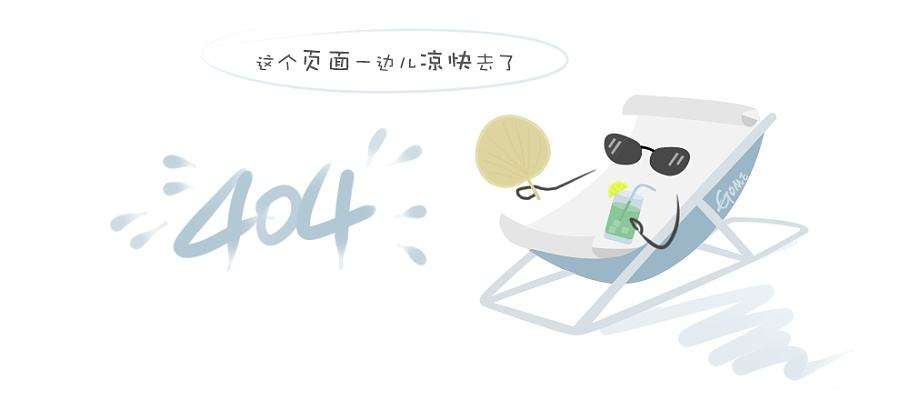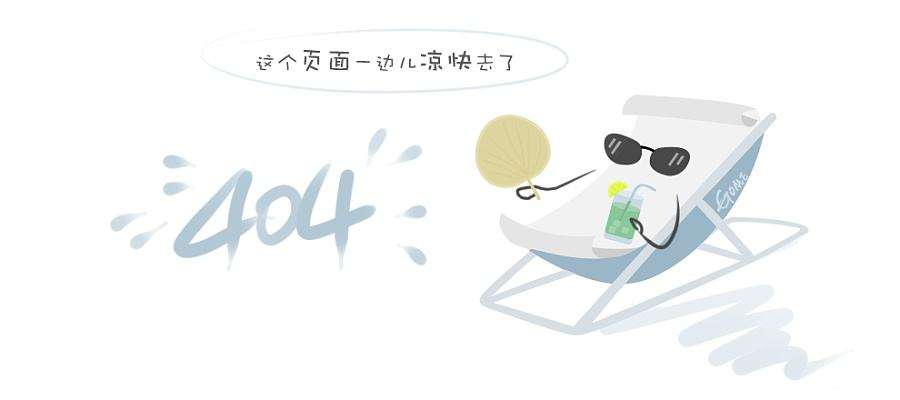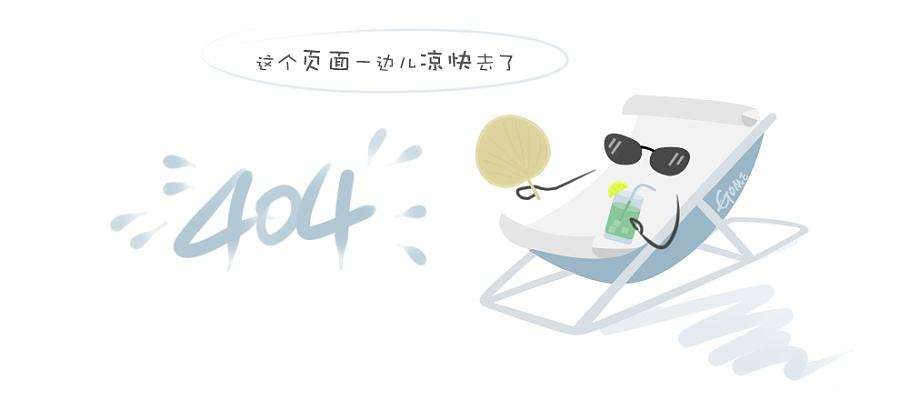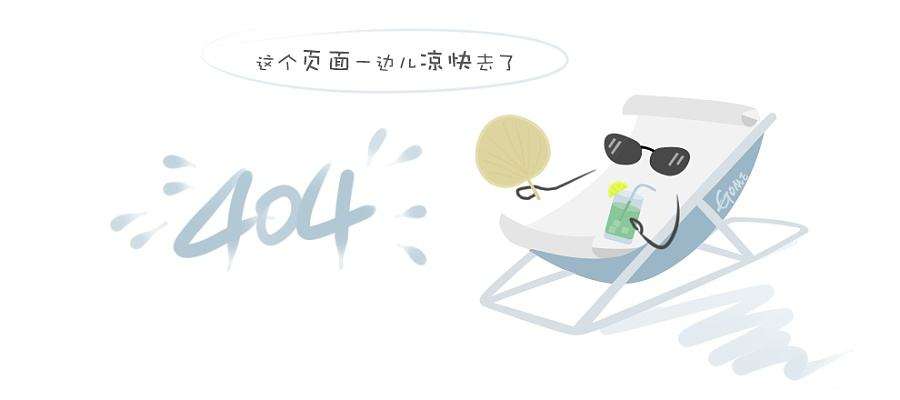biological aerated filter (baf) is developed from feed water filter, so it should start from the development of filter. in the field of water treatment, there were only downflow filters, because there were a series of problems in the engineering application of upflow filters, such as unclean flushing of filter material, easy hardening of filter bed, hydraulic penetration, running of filter material and so on. however, the downflow filters had poor capacity to absorb pollutants, and the upflow filters could only be used in the field of sewage treatment.
ⅰ、a brief history of the development of filters
1. the age of filter 1.0
in 1804, the uk first recorded slow sand filter, also known as surface filtration, which mainly uses the top filter membrane to intercept suspended solids, while playing the role of microorganisms in water purification. this kind of filter has less water production, slow filtration speed (10m/d) and large area.
2. the age of filter 2.0
in 1885, the first common fast filter appeared in the united states. the two steps of filtration and backwashing were used to achieve the interception of suspended solids and the cleaning of the filter layer. compared with the slow sand filter, its filtration speed increased by tens of times and the water yield increased greatly. however, backwashing uses single water to wash, the filter material is not cleaned thoroughly, the backwashing cycle is short and the amount of backwashing water is large.
3. the age of filter 3.0
in 1972, the french company deliman invented v-type filter, using advanced air-water combined backwashing process and homogeneous filter material. on the basis of fast filter, compressed air was introduced to backwash. the filter material was cleaned thoroughly, the filtration performance was improved, and the ability of filters to intercept pollutants was improved. however, there are some problems in v-type filter, such as easy loss of backwashing filter material and high consumption of surface cleaning water.
4. the age of filter 4.0
bioaerated filter (baf) is a new microbial adherent wastewater treatment technology developed in the early 1990s. it is a new technology integrating biological oxidation and suspended solids interception. it is widely used in the field of wastewater treatment, such as wastewater depth and micro-polluted water sources. biological aerated filter (baf) has a good treatment effect, but there are some problems, such as easy blockage of filter head, easy hardening of filter bed and easy loss of filter material.
5. the age of filter 5.0
the upflow filter and non-clogging biological aerated filter of qingquan in shenzhen were successfully applied to the fifth water plant of urumqi in xinjiang and jiuquan sewage treatment plant in gansu in 2005 for the first time, which opened the era of 5.0 filter. unlike the conventional gravity downflow filter, the upflow filter of qingquan in shenzhen adopts a unique water distribution and gas distribution system and a patented backwashing method, which makes the filter material cleaned more thoroughly without blockage, hardening and loss. it has the advantages of strong pollution absorption capacity, long backwashing cycle and fast filtering speed.
ⅱ、 structure and characteristics of conventional baf
the bottom of baf filter is equipped with water intake and mud discharge pipes, and the upper and middle parts are packed layers. the thickness of baf filter is generally 1.5-3.5m. the space between the bottom of the packing layer and the bottom of the filter is reserved for the expansion of the packing during backwashing regeneration.

fig. 1 schematic diagram of baf pool structure
the most important feature of baf is that it integrates biological oxidation and suspended matter interception, saves the subsequent secondary sedimentation tank, and can efficiently remove organic matter and ammonia nitrogen. the utility model has the advantages of large volume load, large hydraulic load, short hydraulic retention time, less land occupation, less capital investment and good water quality.
ⅲ. limitations of conventional baf process
conventional biological aerated filter (baf) has good treatment effect, but with the operation of the process, problems such as easy clogging of the filter, easy packing and easy loss are gradually exposed. these problems directly affect the operation of sewage treatment plant, and then restrict the popularization and application of the process.
the common problems of conventional biological aerated filter in practical application are as follows:
(1) the ss of raw water is demanding, the water distribution mode of filter head and filter plate is blocked, and the maintenance workload of filter is heavy.
(2) backwash intensity is not easy to control. backwash intensity is too strong. good biofilm is destroyed and the recovery time of biofilm is long after backwash. the backwashing strength is not enough, the filter material is not clean, and the filter bed is easily blocked.
(3) the demand for process equipment and automatic control is high. if there is no organic integration, it will seriously affect the exertion of process advantages.
(4) the backwash effect of the filter is not good, and the phenomenon of filter material coagulation and ditch flow occurs.
iv. clear spring innovation - non-clogging biological aerated filter
in order to solve the problems of conventional biological aerated filter (baf), shenzhen qingquan has developed a patented process of "non-clogging baf" based on its rich design and construction experience. its main characteristics are:
(1) a specially designed water distribution and gas distribution system is adopted, without the need for separate aeration equipment and maintenance;
(2) closed-tank backwashing is used in non-clogging biological aerated filter, which can effectively avoid the loss of filter material. at the same time, the backwashing intensity does not need to be too strong, but the aging biofilm discharges more thoroughly.
(3) the flushing mode of "reverse sewage discharge air friction air-water washing" is adopted to control the alternation of flushing intensity and process reasonably. under the condition of low expansion rate, the appropriate friction between filter materials can be realized, while achieving the cleaning of filter materials, the destruction of biofilm can also be reduced.


figure 2 certificate of non-clogging biological aerated filter
ⅴ. intelligent modular water treatment equipment - baf biological aerated filter module)
baf module is a patent product developed by shenzhen qingquan according to the technology of non-clogging biological aerated filter (patent no. zl2005100333195):
major component equipment
volcanic rock/ceramsite filter material, multi-function filter, aeration fan, backwash fan, backwash pump.
main design parameters
residence time: 40 min-60 min (baf-c), 30 min-45 min (baf-n)
backwashing parameters: gas washing strength: 12 ~ 14l/(s_m2), single washing strength: 6 ~ 9l/(s_m2)


head loss: 1.5m~2.5m
product selection
baf module, including baf-c carbonization tank module, baf-n nitration tank module and baf-cn carbonization and nitration module, can independently combine the number of modules according to the size of water.
intake water quality requirements
baf-c pool: cod < 200 mg/l, ss < 60 mg/l;
baf-n pool: nh3-n < 40 mg/l, ss < 40 mg/l.
baf-cn cell: cod < 150 mg/l, nh3-n < 30 mg/l, ss < 60 mg/l.
removal rate of baf-c module index: cod > 90%

removal rate of baf-n module index: nh3-n > 90%

removal rate of baf-cn module index: cod > 80%, nh3-n > 80%.

